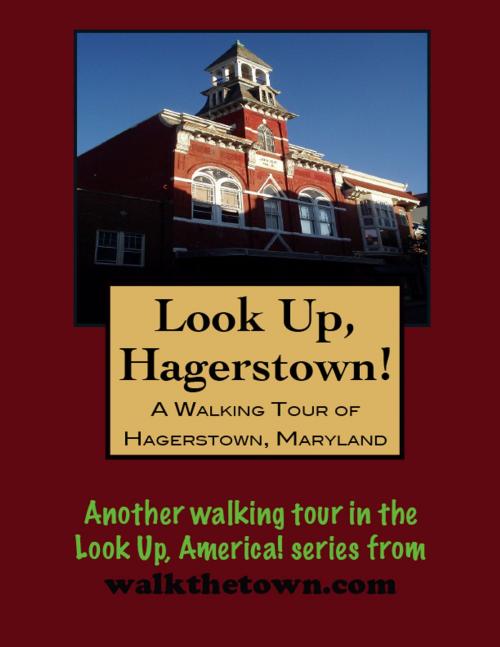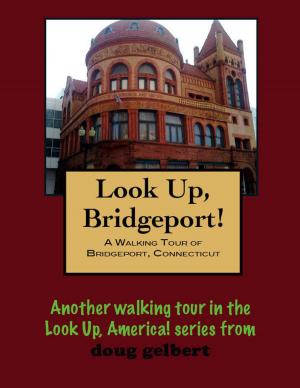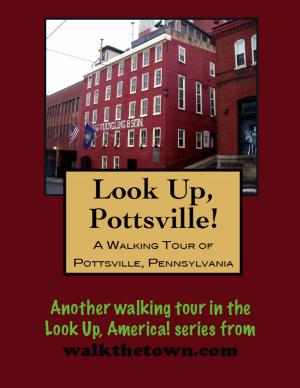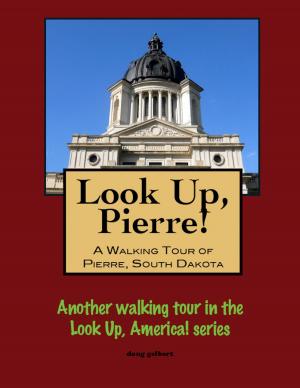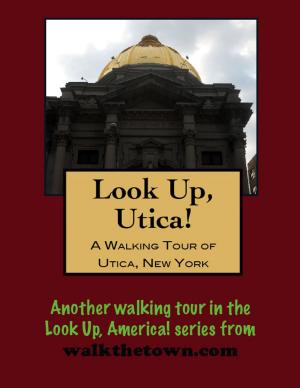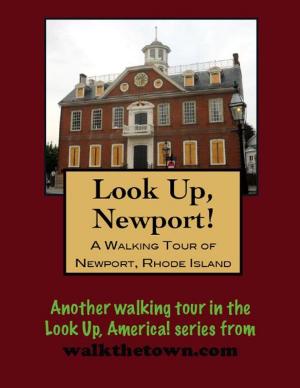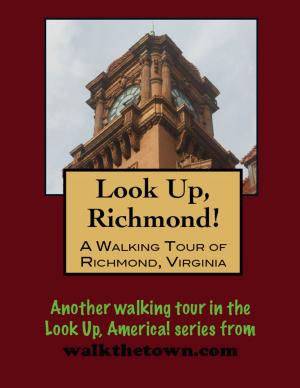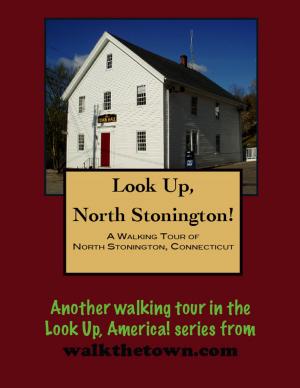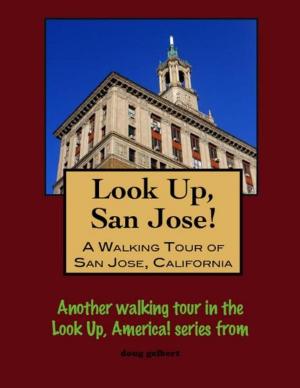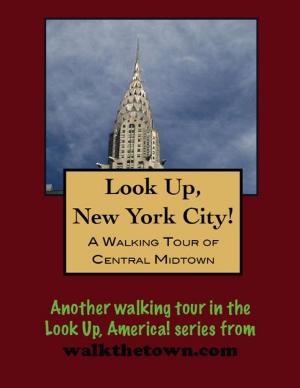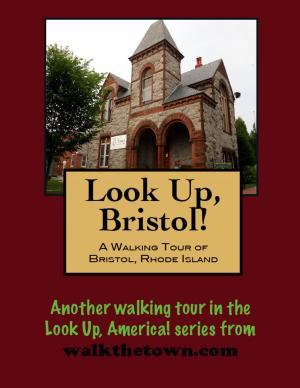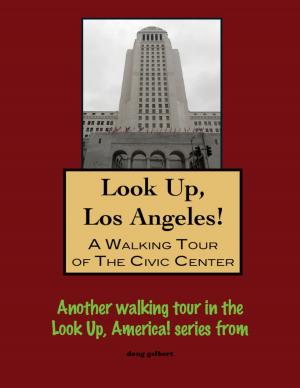| Author: | Doug Gelbert | ISBN: | 9781458173379 |
| Publisher: | Doug Gelbert | Publication: | March 4, 2011 |
| Imprint: | Smashwords Edition | Language: | English |
| Author: | Doug Gelbert |
| ISBN: | 9781458173379 |
| Publisher: | Doug Gelbert |
| Publication: | March 4, 2011 |
| Imprint: | Smashwords Edition |
| Language: | English |
There is no better way to see America than on foot. And there is no better way to appreciate what you are looking at than with a walking tour. This walking tour of Hagerstown, Maryland is ready to explore when you are. Each walking tour describes historical, architectural landmarks, cultural sites and ecclesiastic touchstones and provides step-by-step directions.
Every tour also includes a quick primer on identifying architectural styles seen on American streets.
Founded in 1762 by Jonathan Hager (1714-1775), Hagerstown was originally considered part of Frederick County. That is until Hager — known as the “Father of Washington County” — laid the groundwork for the town’s separation from Frederick and the subsequent creation of Hagerstown as County Seat of Washington County. Hager immigrated to America from Westphalia, Germany, and arrived in Philadelphia in 1727. At this time, Charles Calvert was the proprietor of Maryland Colony and unlike other landowners, was offering large amounts of territory for a very small sum of money. Hager took the offer and in 1739 purchased 200 acres of land in Frederick County along the Monacacy River. Originally named Elizabethtown — in honor of his wife, Elizabeth Kershner — the name was later changed to Hager’s Choice (or Hager’s Fancy) and eventually became known as Hagerstown.
The Downtown Historic District is significant for its portrayal of the economic growth and development of the city, and for its architecture as a showcase of late 19th and early 20th century commercial styles when Hagerstown became a leading manufacturing city and a rail center in Maryland. This resulted in a great population growth and a commercial boom period that occurred between 1880 and 1920. This economic boom is reflected in the almost total redevelopment and transformation of the downtown commercial area during that period. Large hotels catering to rail and automobile travelers were built and commercial establishments were either remodeled or newly built to reflect the prosperity.
Our walking tour will start in Public Square, through which the National Road once passed, by walking north on Potomac Street to City Hall where you can view Little Heiskell, the symbol of Hagerstown...
There is no better way to see America than on foot. And there is no better way to appreciate what you are looking at than with a walking tour. This walking tour of Hagerstown, Maryland is ready to explore when you are. Each walking tour describes historical, architectural landmarks, cultural sites and ecclesiastic touchstones and provides step-by-step directions.
Every tour also includes a quick primer on identifying architectural styles seen on American streets.
Founded in 1762 by Jonathan Hager (1714-1775), Hagerstown was originally considered part of Frederick County. That is until Hager — known as the “Father of Washington County” — laid the groundwork for the town’s separation from Frederick and the subsequent creation of Hagerstown as County Seat of Washington County. Hager immigrated to America from Westphalia, Germany, and arrived in Philadelphia in 1727. At this time, Charles Calvert was the proprietor of Maryland Colony and unlike other landowners, was offering large amounts of territory for a very small sum of money. Hager took the offer and in 1739 purchased 200 acres of land in Frederick County along the Monacacy River. Originally named Elizabethtown — in honor of his wife, Elizabeth Kershner — the name was later changed to Hager’s Choice (or Hager’s Fancy) and eventually became known as Hagerstown.
The Downtown Historic District is significant for its portrayal of the economic growth and development of the city, and for its architecture as a showcase of late 19th and early 20th century commercial styles when Hagerstown became a leading manufacturing city and a rail center in Maryland. This resulted in a great population growth and a commercial boom period that occurred between 1880 and 1920. This economic boom is reflected in the almost total redevelopment and transformation of the downtown commercial area during that period. Large hotels catering to rail and automobile travelers were built and commercial establishments were either remodeled or newly built to reflect the prosperity.
Our walking tour will start in Public Square, through which the National Road once passed, by walking north on Potomac Street to City Hall where you can view Little Heiskell, the symbol of Hagerstown...
